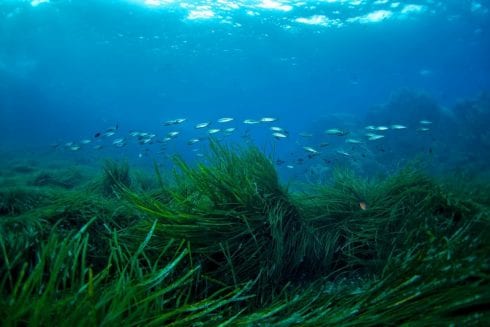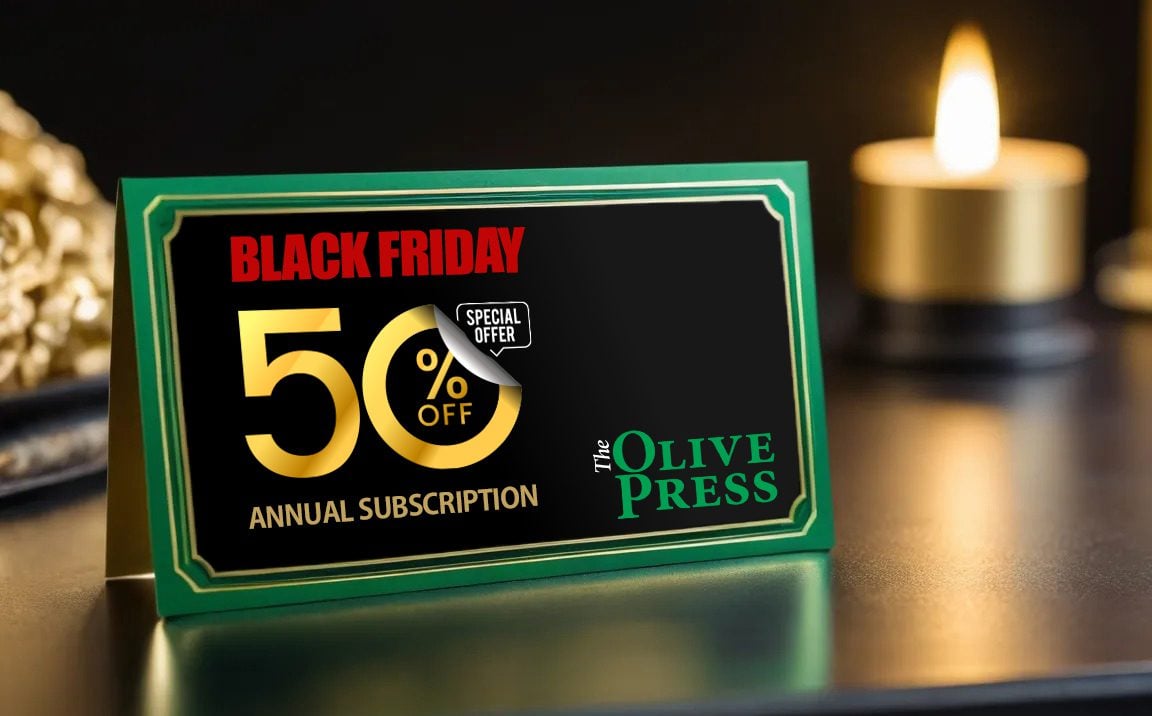 FOR some of us, navigating our way around the wine section can be a daunting task.
FOR some of us, navigating our way around the wine section can be a daunting task.
How are we supposed to know which is the best tipple?
Are screw caps a no go? Does price matter? And what about how deep the ‘dimple’ of the bottle is?
Well, luckily for us, some experts have answered all of these questions and more, and decoded some of the biggest myths about one of our most favourite drinks..
Legs = Better quality
People like to swirl their wine and look at how many droplets – or ‘legs’ – ooze down the side of the glass.
The bigger the legs, they say, the better the quality.
WRONG.
As Adrian Smith, a wine columnist for The Independent points out: “In actual fact it’s just a higher concentration of alcohol resulting in the leftover wine sliding down the glass at a slower pace, nothing more.”

Screw caps = poor quality
Screw caps have long been looked down upon as cheap plonk.
But although nothing is quite as satisfying as that lovely ‘pop’ as the cork slides free from the bottle, it doesn’t mean the wine is of any better quality.
David Moore, who owns Michelin-starred restaurant Pied a Terre in London, says: “The one great advantage of a screw top is that the wine can’t be corked, this is when the wine is infected and takes a very mouldy smell and taste and can’t happen with a screw top.”
Big dimple = better quality
We’ve all heard it, the deeper the dimple at the bottom of the bottle, the better the quality of the tipple.
Wrong again.
The only thing the deep dimple signifies is that the manufacturer has spent more money on making the bottle.
Expert Peter Mitchell, from Jeroboams in London, says: “A deep punt just means the winery has wasted more money and resources on the glass, what the label tells you is more important than the glass it’s stuck on.”
A silver spoon keeps bubbly fresh
Rumour has it that putting a silver spoon handle first into a champagne bottle will keep it fizzy and cool.
You guessed it, that doesn’t work either.
The best method is to plug the bottle with a stopper with a vacuum seal.
Expert Robin Copestick says: “Keep it cold – it’s more likely to retain some of its fizz and will still be drinkable for a day or two.”
Supermarket plonk may not match up to bottles that cost hundreds of euros each, but it doesn’t follow that the more you pay the better the wine is.
Experts advise that spending around 10-13 euros will give you the best quality/value ratio.
Head sommelier at Sussex’s Gravetye Manor recently told The Independent: “The tannins in full-bodied red wines are not compatible with the protein in milk products, and strong flavoured cheeses don’t need to compete with a full-bodied red wine.
“Dry white wine is often better-suited, or sweet wines can pair beautifully with blue cheese.
“If you’re ever struggling to pair with cheese, the best bet is to go for a wine local to the area the cheese comes from.”
Old wine = better quality
Just because an wine is old, doesn’t mean it will taste good.
Expert Peter Mitchell explains: “Whilst a small percentage of wine does age well it is often not that enjoyable when it is very young, the vast majority of wine today has been made to be ready to drink on release and will not benefit from ageing.
“Most will keep for a few years if stored properly, but few will be as good, let alone have improved.
“The ageing process is a little more complicated and primarily depends on the quality of the vintage, the characteristic of the varietal and region of origin or the producer, which isn’t always reflective in the cost of the bottle.”
Sulphites don’t cause hangovers, alcohol does.
Any wine purporting to be ‘hangover free’ because it has low sulphite numbers will still give you a headache in the morning when drunk in excess.
Sulphites stabilise and preserve the wine but do little else.
Red wine doesn’t go with fish
Sure, some white wines pair beautifully with fish, but it’s not a blanket rule that red wine can’t go with the white meat.
It all depends on what fish you are eating.
Experts say a pan-fried salmon pairs wonderfully with a Californian pinot noir, while a meaty swordfish goes great with a glass of Merlot.
No white wines with meat
And while red can go perfectly with a piece of thick meat, it doesn’t mean whites cannot.
As expert Smith explains: “You’d be surprised what a generously oaked Chardonnay can do when put side by side with a juicy chunk of meat.
“The rich flavours sit beautifully alongside one another and create a fantastically mouth-watering pairing.”















“The best method is to plug the bottle with a stopper with a vacuum seal.”
Not for Champagne, but for wine. Using vacuum would immediatelt flatten the bubbles in Champagne.